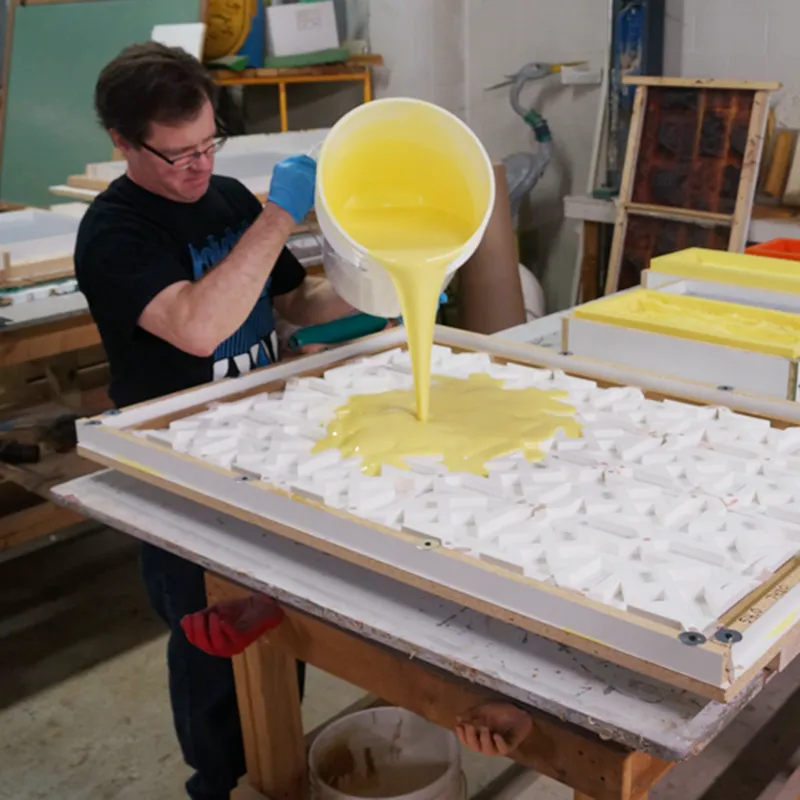1. What is Polyurethane Rubber?
Polyurethane rubber is part of a vast family of rubbers and plastics that are economical, quick, and easy to work with. They are chemically similar to hard-plastic urethanes, with the primary difference being the inclusion of a plasticizer in the formula of the hard types.
2. How does Polyurethane Rubber compare in cost to Silicone Rubber?
Polyurethane rubber typically costs around $35 per gallon, which is about a third of the price of silicone rubber. When used as a paint-on, polyurethane rubber can cover a large area, making it cost-effective.
3. What are the release requirements for Polyurethane Rubber?
While silicone rubbers often do not require a release agent, polyurethane rubbers usually need a spray-on mold release. However, for casting materials like plaster, concrete, or new wax molds, no release agent is necessary. Over time, after casting resin into a urethane mold, the mold’s surface can become harder and rougher.
4. How does Polyurethane Rubber react to heat?
Heat buildup is a significant concern for polyurethane rubber. It’s essential to demold as soon as possible to extend the mold’s lifespan. Demolding too early might cause distortion, but this can be used to advantage in certain scenarios.
5. Can Polyurethane Rubber be used for large, flexible sheet molds?
Yes, urethane rubbers excel in creating large, cost-effective, and highly flexible sheet molds. These molds can be backed up with thin reinforced plaster or polyester, often in multiple pieces, to provide additional support.
6. How do Polyurethane Rubber molds interact with fibers and foams?
Urethane molds can incorporate fibers and foams effectively. For instance, woven fiberglass cloth or cheesecloth can be placed in areas prone to tearing. Foam rubber pieces, also made of urethane, can be strategically placed in undercuts to create collapsible areas.
7. How long do Polyurethane Rubber molds last?
Molds made from certain types of polyurethane rubber, like Smooth-On 724, can degrade over approximately seven years. It’s advisable to produce all necessary castings when the mold is in its prime and to keep a pattern part for remaking the mold in the future.
Conclusion:
Polyurethane rubber is a versatile and cost-effective material for mold making. However, like all materials, it comes with its set of considerations and precautions. Understanding these aspects can help mold makers utilize polyurethane rubber to its fullest potential while ensuring safety and longevity.


